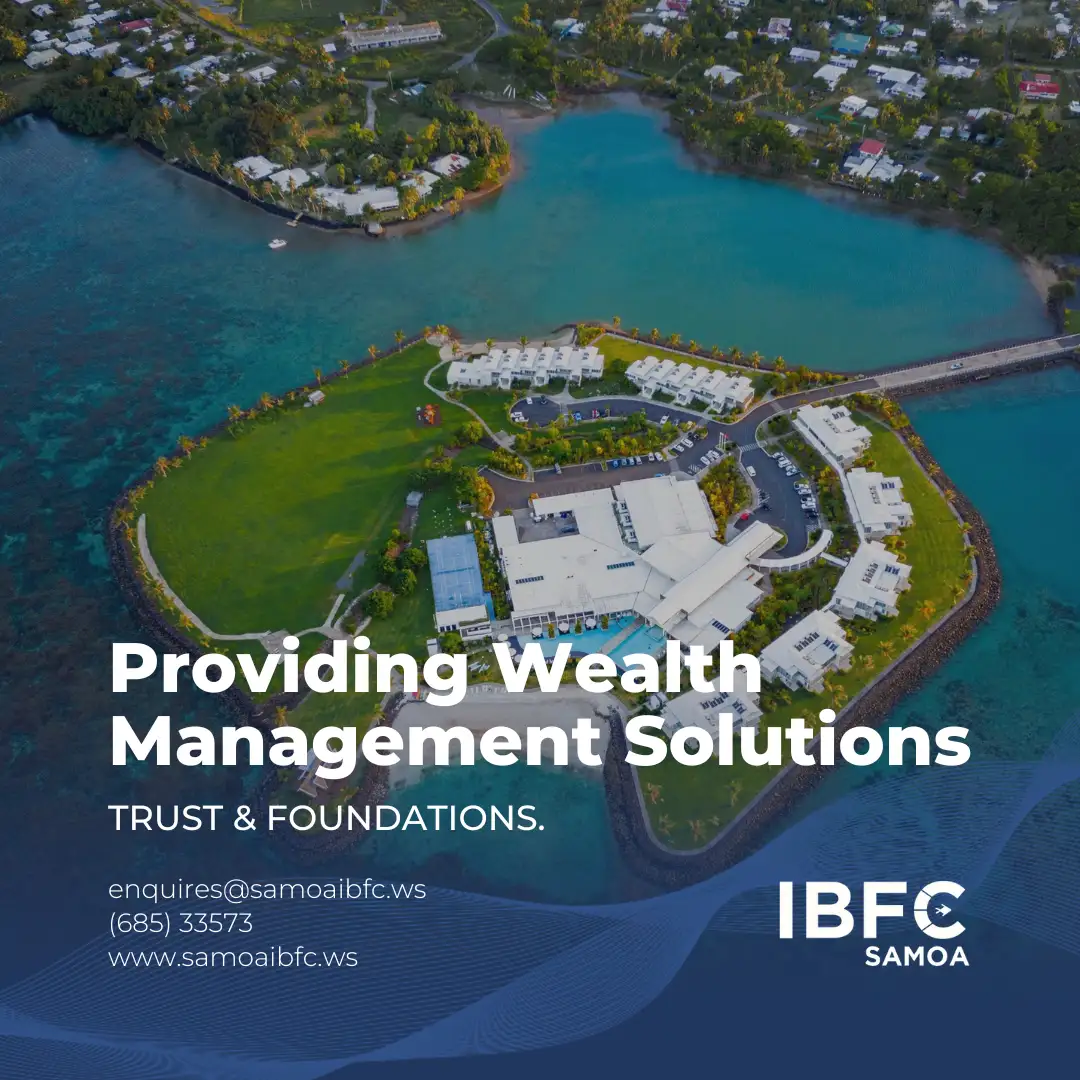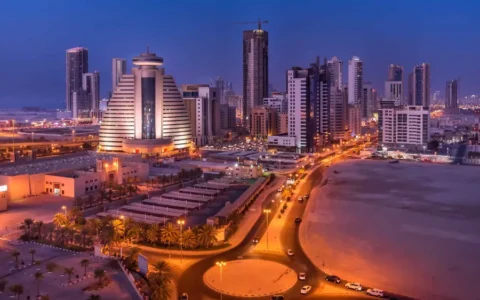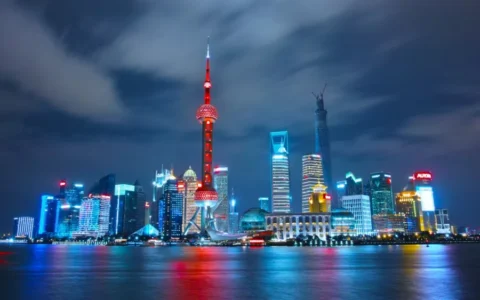The global elite known as centi-millionaires—those with at least $100 million in liquid investable assets—are rapidly reshaping cities, economies, and migration trends. With over 30,000 individuals worldwide now in this category, their growing influence is felt across investment markets, urban development, and even national policy.
More Than Just Wealth: Centi-Millionaires as Economic Catalysts
Centi-millionaires are not only accumulating wealth—they’re building companies, shaping industries, and fueling innovation. Research shows that many of the world’s largest corporations, including those on the Fortune 500 and S&P 500, were founded by entrepreneurs who later became centi-millionaires. These individuals often anchor the economic ecosystems of the cities they call home.
America Leads the Pack
The United States remains the epicenter of centi-millionaire wealth, with its cities occupying the top three global spots:
- New York City: 818 centi-millionaires
- Bay Area (San Francisco & Silicon Valley): 756
- Los Angeles: 516
This dominance is tied to the strong performance of U.S. financial markets (the S&P 500 grew 183% from 2014 to 2024) and a supportive environment for entrepreneurship. Beyond the coasts, cities like Chicago (295), Houston (210), and Miami (180) are also emerging as powerhouses—Miami, notably, is forecast to double its centi-millionaire population over the next decade.
Despite global economic shifts, America’s wealth engine shows no signs of slowing.
Asia’s Rapid Rise
Asia is producing centi-millionaires at an astonishing rate. Hong Kong ranks 5th globally with 346, while Singapore closely follows in 6th with 333—an impressive feat for a city-state of just 290 square miles. Singapore’s appeal lies in its stable governance, strong asset protection laws, and favorable tax environment.
Mainland China is also surging:
- Beijing: 316 centi-millionaires
- Shanghai: 293
- Shenzhen and Hangzhou are also notable, each forecast to grow 100%+ in centi-millionaire population over the next 10 years, driven by their booming tech industries.
Europe: Traditional Wealth Meets Uncertain Growth
London remains Europe’s leader and the world’s 4th richest city in centi terms, with 352 residents. However, its projected growth lags due to post-Brexit uncertainty and regulatory changes.
Elsewhere:
- Paris (277), Geneva (215), and Zurich (180) remain strongholds.
- Monaco, just 0.78 square miles in size, hosts 192 centi-millionaires, the highest per capita in the world, highlighting its appeal as a tax-friendly, ultra-secure destination.
The Next Wealth Capitals
Forecasts from 2025 to 2035 highlight emerging global hotspots:
- Dubai (237) and Abu Dhabi (75) are poised to more than double their ultra-rich populations thanks to zero income and capital gains taxes.
- Bengaluru, India’s tech hub, is expected to see over 100% growth, reflecting the rise of a new generation of digital entrepreneurs.
- In Europe, Warsaw and Athens are also on track for explosive growth.
Small cities with strategic investment migration programs are rising fast. Places like St. Julian’s (Malta), George Town (Cayman Islands), and Lugano (Switzerland), all with around 40 centi-millionaires each, are projected to double their numbers, driven by demand for second citizenships and residency options.
Mobility as a Wealth Strategy
Centi-millionaires are increasingly diversifying not just their portfolios, but also their physical locations. Citizenship and residency by investment are now essential tools for this class, providing access to stable legal systems, quality healthcare, top education, and personal security.
Many wealthy individuals are strategically building multi-jurisdictional lifestyles, using mobility as a hedge against geopolitical and economic instability.
What This Means for Cities and Nations
To attract and retain this elite wealth class, cities must offer more than low taxes. The rule of law, infrastructure, education, healthcare, and lifestyle quality are critical. Governments that provide a stable environment and seamless entry for investors will be the ones to attract the wealth creators of tomorrow.
In a world where wealth is more mobile than ever, cities that offer ease of investment, personal safety, and long-term opportunity will continue to rise as the preferred homes of the world’s ultra-rich.






